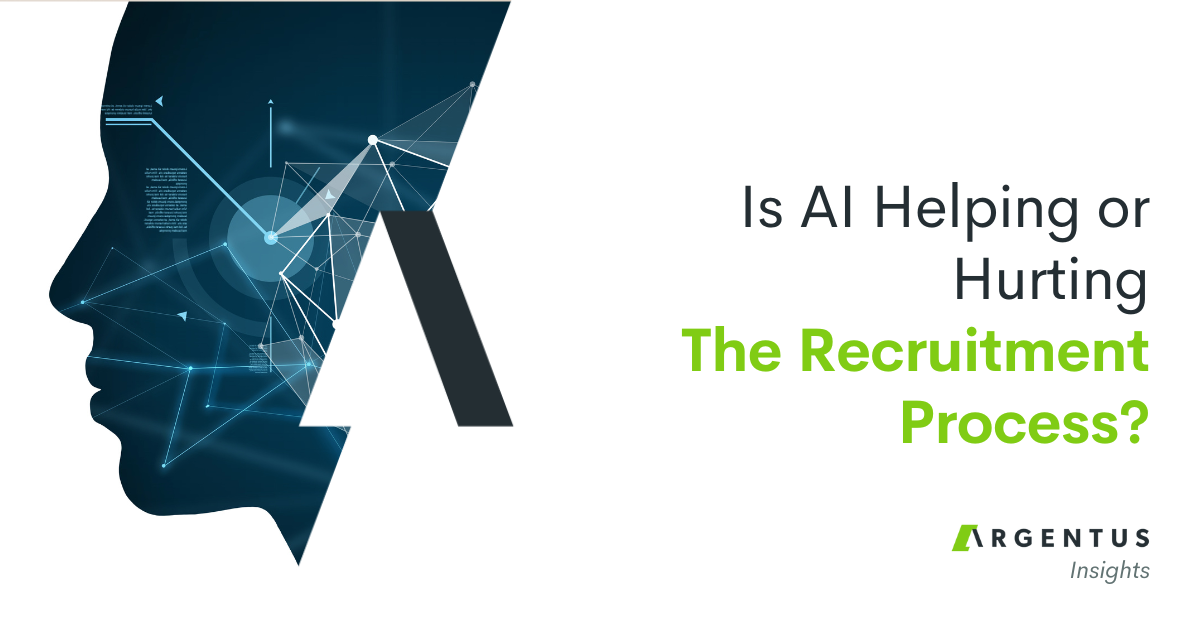“Supply Chain is truly the only cross-functional field in business, and from that perspective, there’s really no limit to its scope.” – Michael Tan
 Welcome to the latest installment of our executive interview series, where we catch up with some of Supply Chain Management’s leading lights to learn about their successes and gain intel about some of the biggest trends in the industry.
Welcome to the latest installment of our executive interview series, where we catch up with some of Supply Chain Management’s leading lights to learn about their successes and gain intel about some of the biggest trends in the industry.
Cannabis legalization has been one of the biggest and most exciting challenges for Canadian Supply Chain professionals over the past 18 months. A brand new industry means lots of opportunity to build Supply Chains from the ground up, and set their strategic direction to compete in a space with unprecedented levels of attention and investment.
Because of that, we’re thrilled to speak with Michael Tan, a Supply Chain Executive with a massive recent success in the Cannabis space – which we’ll get to. But Michael’s Supply Chain leadership track record goes back farther than that. He recently worked as Executive Director of the B.C. Liquor Distribution Branch’s Cannabis Division. Prior to that, he held VP and EVP Supply Chain roles at iconic companies including Indigo, Hudson’s Bay and others.
In our interview, we spoke about:
- Michael’s experience standing up the entire cannabis division including the Supply Chain function for the B.C. Liquor Distribution Branch on a tight timeframe, and what he’s learned.
- The importance of building a strong mission-driven culture when developing an integrated Supply Chain in a new or existing organization, and how to make sure that culture translates into hiring strategies.
- The biggest structural barriers to innovation in Logistics and Distribution today.
We hope you enjoy the interview!
Thanks for joining us, Michael. Could you start by giving us a brief overview of your career in Supply Chain and what excites you most about the field?
The cliché of falling into a supply chain career by happenstance applies to me. What I thought was going to be a backpacking trip throughout Southeast Asia after university ended up being a 5-year stint in ocean logistics out of Singapore. Since then, I’ve worked for a railway managing automotive accounts and a 3PL overseeing the logistics operations of healthcare accounts. I spent several years in the retail space overseeing the supply chains and global operations of iconic banners such as Hudson’s Bay, Lord & Taylor, Saks Fifth Avenue and Indigo Chapters. Recently, I veered into new territory and spent a year in government standing up the cannabis operation on behalf of British Columbia, then moved back into the private arena to head a bio-sciences start-up.
One of my favourite professors during my MBA program at Ivey would always say that Supply Chain is truly the only cross-functional field in business, and from that perspective, there’s really no limit to its scope. So if the goal of any business is to maximize its rate of sales while minimizing costs and inventory, you can see how the Supply Chain function needs to integrate with almost every function of the organization – from buying to planning, channel operations, marketing, and more. That strive towards a full and optimized integration of the entire business, and Supply Chain’s role in this, is probably what gets me most excited about the field.
In one of your most recent roles, you were brought in by the BC Liquor Distribution Branch to establish the entire cannabis division inclusive of its supply chain and distribution functions on a six month timeframe – a considerable task. Could you tell us a bit about this challenge and your approach?
This experience goes down as one of the most fulfilling moments of my career. It truly was the culmination of all of my experiences developing supply chain solutions, technological products, and leading complex, cross-functional organizations. I joined in March 2018 and legalization was eventually scheduled for October 17, 2018, as we all know. But we needed to be capable of operating by August – effectively giving us a very tight 6 months to accomplish this.
The tasks at hand consisted of setting up government stores, a digital operation inclusive of an e-commerce channel (a first for the BC government), and a wholesale operation to serve private stores. This included establishing processes, designing and implementing systems, and developing policies all within very highly regulated environments at all levels of governments that were developing in real time. It felt at times like we were building a plane while flying it.
Within this time period, I had to design the org structure and fill it in with over 200 staff – while ensuring that a 100+ project and IT team supported the effort in a fully aligned way.
If I were to summarize my approach, it would be as follows:
- Establish a foundational culture including enforced values
- Prioritize the recruiting of the right leaders even at the expense of time
- Be ruthless and disciplined around your MVP (minimum viable product)
- Constantly be on the lookout for barriers to remove whether political, people, processes or technological limitations.
At Argentus, we often write about how Supply Chains make headlines when they fail, but their successes tend to go under the radar. We always want to celebrate these successes – and your work for the BC Liquor Distribution Branch was a tremendous success given the difficulties inherent in the project. You’ve attributed this to, in part, establishing a strong culture of customer service that filters into your hiring decisions and processes. Could you give us an overview of how you go about establishing this culture, and how you make sure it filters into talent decisions?
It’s so important to take a strategic approach to recruiting that’s fully aligned with an organization’s culture and values. Applying this approach ensures that new hires are quicker to become part of the team, contribute faster, tend to stay longer, and are most likely to be come high impact performers. Purely hiring for skill set could very well result in the opposite of the above.
I’m a huge fan of Simon Sinek. His book, Start With Why, influenced my approach to developing a mission-driven organization. I quickly realized that I had to come up with a common purpose that everyone could stand up for – and along with that, a set of values that everyone knew how to interpret and apply – especially when recruiting. Amongst the values included social responsibility, a high degree of product knowledge, collaborative respect, an ability to work with a high degree of agility, and ensuring that every customer interaction with us was a positive one.
I invest a lot of time developing strong working relationships with my recruiting partners to ensure they fully understand, buy into, and know how to apply the organization’s “WHY” that I tried to establish. Ensuring our values were clearly laid out on our website, referencing those values in role descriptions and job postings, and discussing them during the interview process, are important tactical things we took to disseminate this. After this, it really became a matter of ensuring culture fit by testing candidates against the values we considered most important. We tested for skill set, and then also made sure to dig deep for strong evidence that a candidate was able to genuinely embrace those values. And by hiring leadership for culture fit, it ripples down by default to hiring throughout the organization. So while I might’ve been involved in the first 50 hires, I was able to trust my leadership to optimally recruit the rest of the 200.
From your perspective, what are some of the biggest structural or organizational culture barriers to success in Distribution and Logistics today? How do you think leaders within organizations can overcome these barriers?
Without a doubt there’s an enormous amount of complexity that is engineered within the four walls of a fulfillment center given the amount of people, automation, and advanced systems, all driven by a demand for more and faster by the end consumer. In a similar way, there’s complexity in a comprehensive transportation solution given the multiple modes, carrier choices and the geographic expansiveness of Canada and beyond. I had always found it curious to observe how little people outside of distribution and logistics knew about what went on within those four walls. Then, when I worked in or closely with other non-operational departments such as creative design, marketing, planning, merchandising and digital / store operations, finance/capital markets, etc, I found it curious that the folks in distribution and logistics really had little appreciation for what happened outside of their four walls. This organizational barrier is what I believe to be a common reason why implementations fail. I think this is best addressed by ensuring supply chain and logistics leaders take on a systemic approach (i.e. a broader, more strategic, view of the interrelated business processes of the entire organization) vs. a linear approach.
The other barrier that comes to mind is the challenge in finding and recruiting high caliber talent in the supply chain and distribution space. It’s so critical that we fill a given position with right person, and it pays off to spend the time and resources to find that person instead of risking making the wrong hire. The ideal candidate makes for a fairly tall order. In addition to technical skills, if you’re looking for candidates to also possess a strategic mindset, deep customer centricity, financial acumen, and the ability to re-engineer or continuously improve product and services, it’s really no wonder that recruiting in this sector is a challenge.
I’ve always thought that the actual barrier to overcome is the gender gap in our space. If that gap could be closed in what is a fairly male-dominated industry, we could potentially double the pool of candidates. This would, of course, require a concerted effort from organizations to support the leadership development of women in the supply chain and logistics workforce.
We hope you found the interview as informative as we did! It’s always a pleasure to explore Supply Chain successes and learn from the best. And stay tuned for new interviews in the coming weeks with executives from across the Canadian Supply Chain talent landscape.




Great interview, lots of insights. Thanks Argentus for facilitating and presenting this quality content. And thank you Michael Tan for sharing your insights and experience. Couldn’t agree more about the value of Simon Sinek and the importance of culture. Well said!
Thanks Steve, glad you found Michael’s comments as insightful as we did!